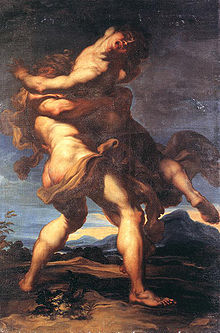Welcome to the Wakefield Doctrine (the theory of clarks, scotts and rogers)
This is the Doctrine’s weekly contribution to the Ten Things of Thankful (TToT) bloghop. For this last weekend of Summer, we present the following Grats:
1) Phyllis
2) Una
3) the Wakefield Doctrine
4) the Six Sentence Story bloghop Six-of-the-Week: ‘Fading Out‘ by Mimi
5) the Unicorn Challenge, Damn! Story of the Week ‘Naming Day‘ by Margaret
6) the Great Bridge Project: Recap So the Grrrr Ate! Flood of 2024 lifted the bridge off it’s pier and it got hung-up on the shore about 10 feet away and, more critically, bout 3.2 feets in lower in elevation relative to where it must rest:
7) the Great Bridge Project: Update! Holy Smoke! Took longer than previous year’s efforts but, still, lookie there it’s out of the water and allowing access for the new bridge (stay tuned)
8)n one of the fun things about these kinds of home projects is the reliance on primitive tools and kind-hearted rogers. (Forgive the poor framing of this photo, but note the long lever)
9) something, something
10) Secret Rule 1.3
music vids
* So, every song found in a Doctrine TToT has a reason, an inciting incident (as our writerly friends might say). So, while working on the Great Bridge Move yesterday, levers were employed. At one point early on a configuration, (for applying force), involved two levers (thin trunks of smaller pine trees) to effect the move. P was asked to press down on one with her hands and hold down a separate lever with her right foot. Naturally the following tuneage popped into our head.
*
*
*












